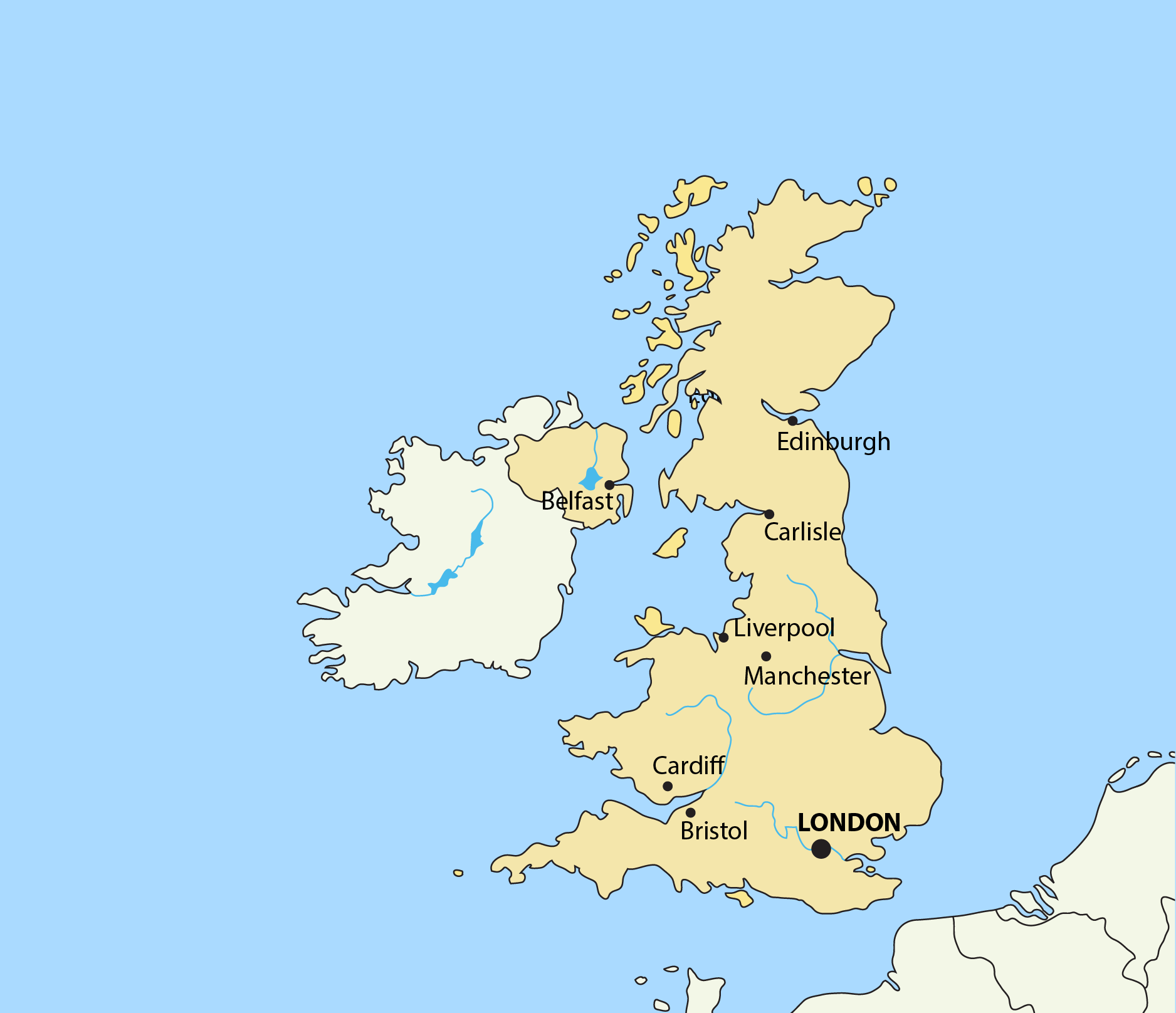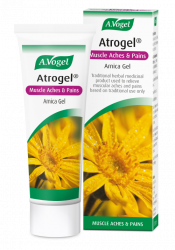Joint sprains
A sprain occurs when excessive force is applied to a joint, stretching the tissues (ligaments and tendons) holding the joint together. All joints can be affected, but the most commonly sprained joints are the ankle, knee, wrist, shoulders and those in the neck.
We usually know when we have sprained a joint as there is a specific event we can relate the injury to. Sprains are not only sustained as sporting injuries - a careless step or a fall can, for instance, lead to an ankle sprain.
Signs of a sprained joint are:
- aching, pain or tenderness
- swelling and inflammation
- impaired movement in the joint - described as a stiff joint
Muscle strains
A strain occurs when muscle fibres are damaged (either stretched or torn) giving rise to the term 'strained muscle'. Like sprains, muscle strains usually arise because of excessive forces from a sporting injury or a fall. Sometimes, sprains and strains occur together.
Strains can affect any muscle in any part of the body, but the most common areas affected are muscles in the calf, thigh, back, shoulders and neck. Symptoms include an aching or pain, and muscle stiffness as well tenderness of the affected area.





 Looking for our products in a store near you?
Looking for our products in a store near you?

